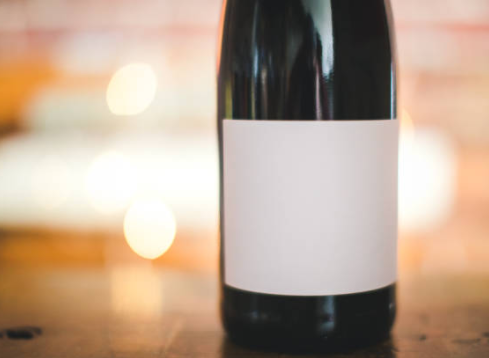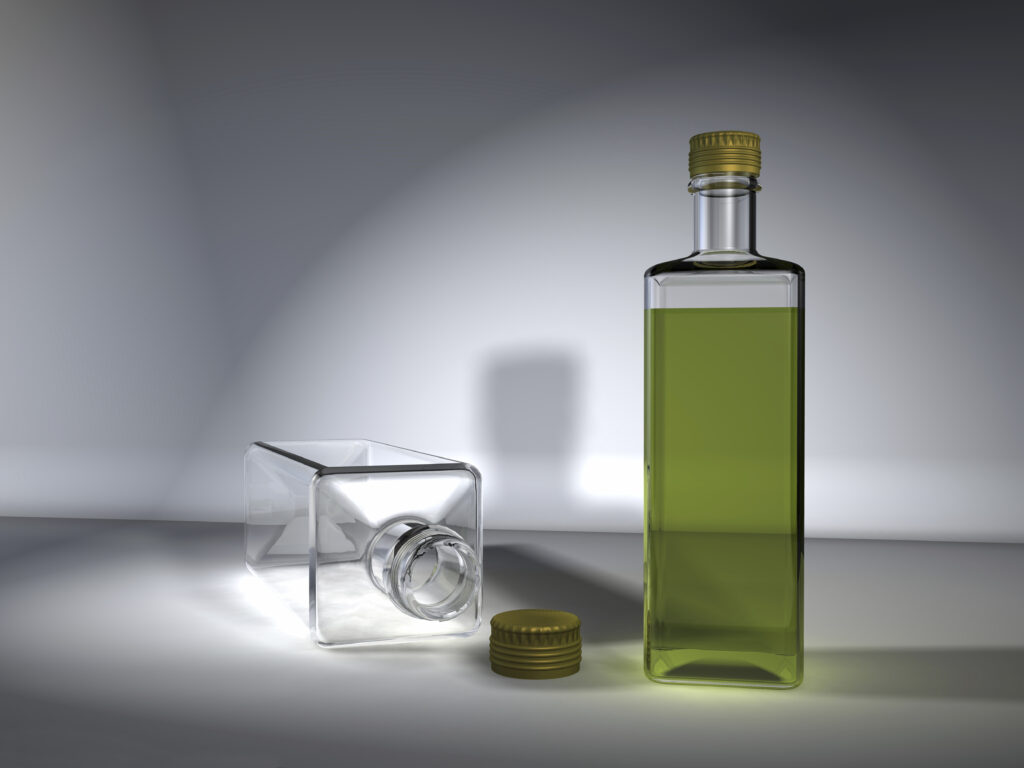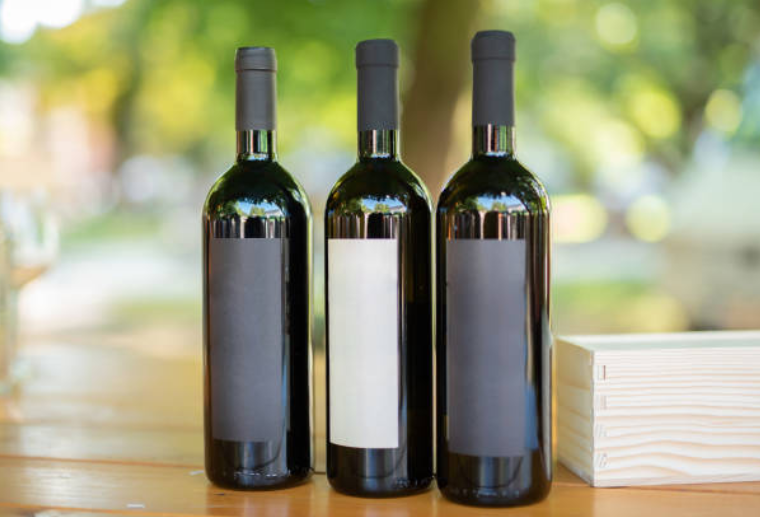If you know about wine, you certainly think about the type, taste, and price of a bottle, but any stop at a grocery store or wine store will show you that even a single section of a wine aisle has dozens of dozens of bottles to choose from. We know that to choose a good wine the first thing we see is the wine labels, hence the importance of knowing how to design it
How do you know which one to look at and see what it tastes like?
For the wine label, of course!
The wine industry has grown into a $ 60 billion industry thanks to millions of buyers just like you. Many of those buyers have a mental checklist they go through when selecting wine: red or white, domestic or imported, and the price point is the big three.
- How to design the perfect packaging for your product.
- Do you know how to design your own shirt?
- How to Design a T-Shirt: The Best Guides Online
However, even for those things, you often have three or four bottles left to choose from. The truth is, wine labels are often the deciding factor.
This is especially true if you are purchasing a bottle of wine as a gift. Consumers shop with their eyes first. Just last year, Wine.net surveyed 2.00 wine drinkers and asked them to choose between three bottles of red wine and three bottles of white wine with just one image to guide them. 80% of those surveyed said they decided based on the wine label.

How to make wine bottle labels?
Understand your brand and your audience
Wine labels have very little space to use. Each element of a wine label must be carefully selected for maximum impact.
The first thing to do is decide who you are as a brand and what your story is. The message a century-old vineyard in France wants to convey (trust and history) is very different from that of a newcomer winemaker, who might want to attract more adventurous and young buyers looking for something new and unique.
You need to figure out how to tell your brand story to your target audience in just a sentence or two, while also describing the details of that bottle of wine, all in a very small space.
Business wine labels
If you are creating a custom wine label for a corporate business or business, take a look at the city, street, and building where the company operates for some wine label ideas.
There may be a local benchmark that represents what the organization stands for. There may be an office motif you can get wine label ideas on, like plants, bikes, or even steel rivets.
Once you understand who you are and what audience you want to reach, only then can you understand the business of wine label design. With such a small space to work, it helps to have a plan to guide you.
Some things to include on your wine label
Most wine labels include some useful and important information about the wine on the front of the wine label. This still leaves plenty of room for you to get creative, but some good ideas to add include the following:
- The name of the wine
- The date of the wine.
- Your brand of wine
- The variety of the wine or the blend of the wine, whatever
- The current winery that produced the wine and grapes.
How big should your wine label be?

If you are creating a custom wine label for an event, for fun, as a gift, or as a demonstration of your design skills, know that it will cover someone else’s wine label, so it must be larger than the original.
For ‘feminine’ wine bottles, make your wine label 4.25 × 3.25 inches or larger. For ‘male’ wine bottles, make your wine label 3 × 5 inches or larger.
The color of your wine label
Wien bottles tend to have pretty standard bottle colors. Reds usually come in dark green bottles to keep out the sunlight and prevent oxidation.
White wines, on the other hand, are sold in pale green or clear bottles. When designing the color scheme for your wine label, you need to ensure that it stands out on the bottle in which the wine will be sold.
Wine labels for red wine generally follow one of two color combinations: deep, dark colors that have a moody feel or white wine labels with rich ink colors that are often deep reds, blues, and golds.
White wine labels tend to have light blues and light greens for a crisp or fresh air feel. For sparkling wines, wine labels tend to use golds and roses. Trendy roses often stick with that color scheme as well.
However, traditions are made to be broken. Recently, winegrowers have started to get more playful with the color combinations of their wine labels.
Use bright or dark labels with white wine to create a bold and contrasting effect, or use a full spectrum of bright colors on wine red labels for a more playful look.
Your wine label typography
Now that you have a color scheme, it’s time to reflect on your type. If you choose to have a darker wine label for a bottle of red wine, you should have a typeface that is strong enough for the design and can bring a bit of contrast.
The font you use on a wine label will tell consumers a lot about what they are buying. The more traditional wineries use more popular font styles and a design that helps tell their authenticity and history. These wine labels often use serifed or script-style styles.
More hip and trendy wineries tend to use bold sans serif typefaces that have a contemporary feel. Your labels look more spacious and use a lot of negative space.
However, other newer winery wine labels may emphasize the full name of the winery and may take out a letter or its logo and make it larger and more striking.
Wine label style and images
Choose a theme for your wine label
It doesn’t matter if you are creating a custom wine label for a wedding or corporate gift, a good way to start the design process is to select a theme:
- Classic: traditional, prestigious, elegant, regal and dignified. These wine labels model traditional label styles.
- Fun & Silly: informal, relaxed and valuing personal experience over prestige. These wine labels can be hand-drawn, whimsical, and often include animals.
- Modern: avant-garde, advanced, other worldly and visionary. Modern wine labels play with negative space, typography, minimalism and focus on the materials on which they are printed.
- Old Timey: Think handmade, natural materials and honoring the past. Timey’s vintage wine label designs use classic typography, illustrative designs, and vintage artisan techniques.
These themes actually reflect different styles of wine, too.
The most popular wine label styles tend to be sleek, bold and modern, minimalist, or classic. You should choose yours based on the personality of your wine, your brand, and your customers.

If you’re looking to sell to older, more sophisticated drinkers at a higher price, traditional tends to work well. If you want to appeal to millennial drinkers who are just starting to develop their wine palettes, a clean, modern look might be a better option.
Whichever style you choose, you need to make sure that the wine label has eye-catching images to make it stand out. For traditional classic styles, a pencil drawing of the vineyard or estate the wine came from my work.
Minimalist designs can show a small character or logo with a lot of white space around it. More contemporary wine labels can’t even use graphics, instead of using large type. Some braver designers choose to use cartoons or fun designs.
Specialized in wine label design.
If you are a graphic designer, it is possible to specialize in wine label design. It is vital that you understand how the industry works and pay close attention to current trends in your target audience.
Some training in fine arts and/or graphic design is key. Wine label design is quite similar to other forms of packaging design but has a more artistic feel (like everything in the wine industry).
Put an end to thoughts on wine label design.
Designing good wine labels is as important to the success of wine as the complex winemaking process. It would be a great help to understand how to attract your target audience and to know what the type of wine you are selling looks like.
Another article on this blog that may interest you:





